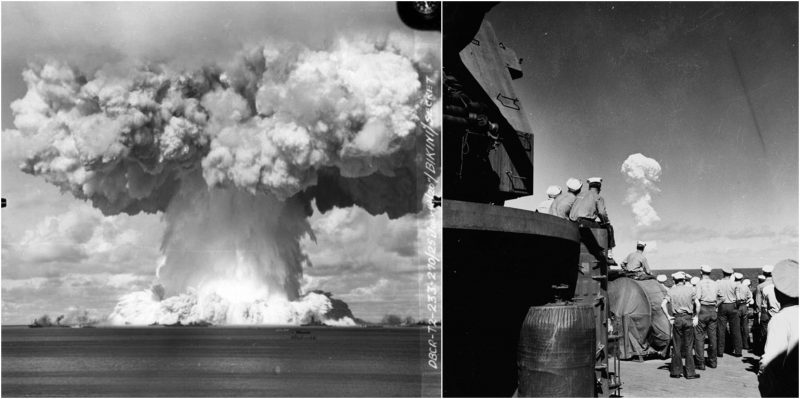A series of pictures from the early cold war era showing the destruction of Atomic bombs test obliterating over hundred US ships. The declassified images throw light on the strength of the early Atomic bombs when they were tested on a number of US warships including USS Independence in the summer of 1946. The site chosen for the tests was a lagoon known as Bikini Atoll and the operation that included two tests was codenamed ‘Operation Crossroads’.
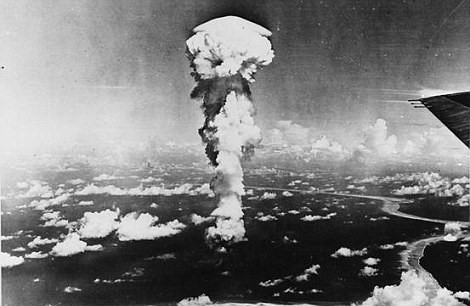
In the immediate aftermath of the Second World War, US scientist and Military officials collaborated to further their knowledge of Atomic bomb’s devastation. Operation Crossroads was much more than just a couple of tests, as according to historians it gave rise to a new era of military history. The tests carried out at Bikini Atoll named ‘Able Test’ and ‘Baker Test’ opened the door for over a thousand more atomic tests in the later years.
A team of marine archaeologists has recently discovered the wreck of the aircraft carrier USS Independence which was used in Operation Crossroads, using state of the art Sonar technology.
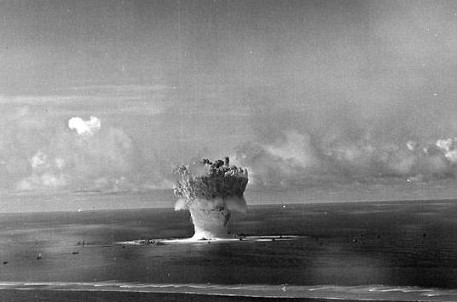
In the Able test, a total of 78 vessels were used, the aim was to get a clear idea about the effect of Atomic bombs a on naval fleets. Most of these ships were captured by the Imperial Japanese Navy during the Pacific theatre of the Second World War. The test was carried out, on 1st July 1946, and a plutonium core Atomic warhead was used called the ‘Fat Man’ on the fleet of ships anchored in the lagoon.
In the wake of the growing tensions with the Soviet Union, United States needed a strong weapon, hence, a large number of tests were critical. USS Independence was considerably damaged in the second test at Bikini Atoll, where an Atomic Bomb exploded under the static fleet forming a giant mushroom filled with debris of vessel and dust.
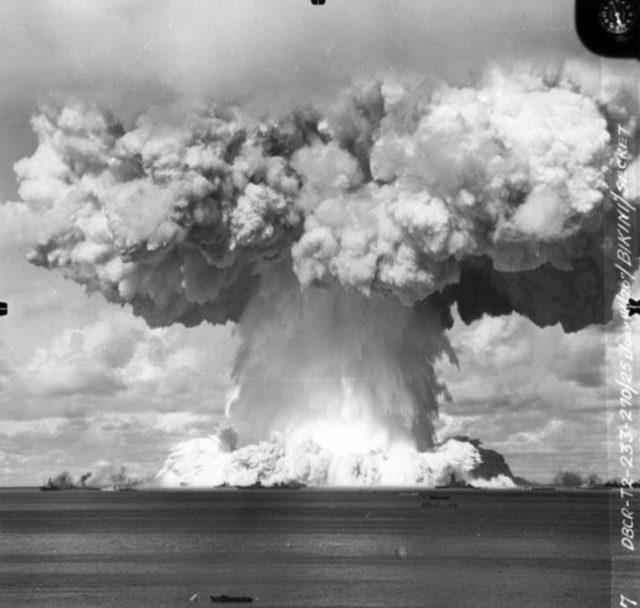
After the initial testing, Untied States carried on testing various varieties of Atomic Bomb including Hydrogen Bomb, in the Nevada desserts. The rate of atomic tests significantly increased when the Soviet Union started its nuclear programme, and the whole world watched as the two super powers flexed their muscles potentially bringing the whole humanity to an end.
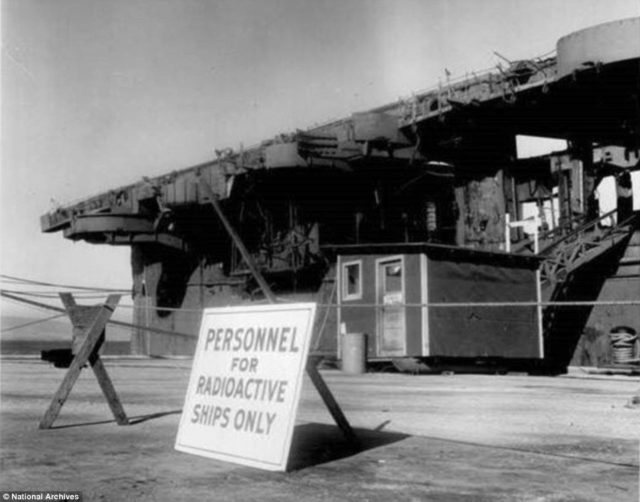
The team of the marine archaeologists who located the wreck of Independence had some reservations regarding the radioactive nature of the aircraft carrier. To get a clear picture of what they were dealing with, they contacted Professor Kai Vetter.
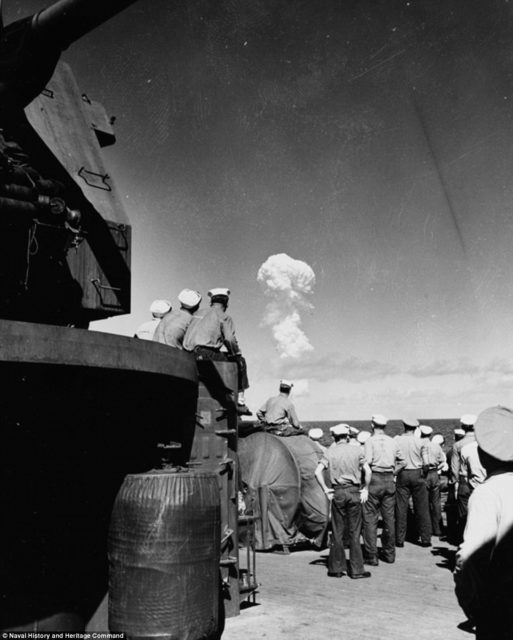
Mr Vetter is the co-founder of Institute of Resilient Communities, but he has rather more colourful credentials as the head of applied nuclear physics at Berkeley Lab, and at the university of California as nuclear engineering professor. Professor Vetter provided a detailed analysis of the radioactive threat from the USS Independence.
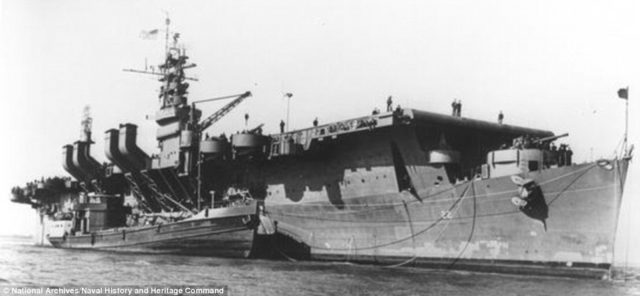
According to Professor Vetter, the radioactivity threat is real but extremely miniscule, thanks to the water which is a very potent radiation shield. In his report, Professor Vettor did not rule out the presence of some kind of radiation surrounding the ship. He added that some of the radioactive material must have escaped the body of USS Independence, as rust particles or other decayed material. However, the team will be safe to study the vessel, or even bringing its part back to the surface.
